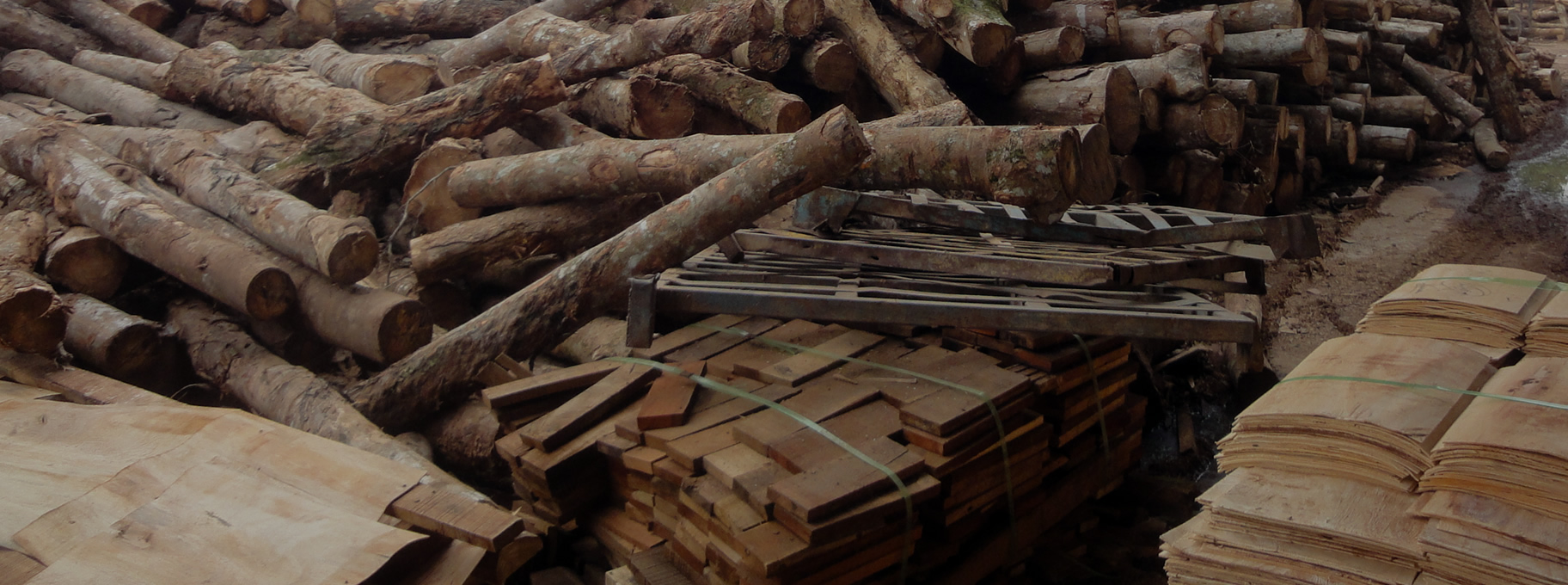
Wood Processing

SAWMILLING
Sawing of the log is achieved by the use of a bandsaw or a circular saw with a second saw mounted vertically above the first in the event of sawing large diameter logs. A log carriage conveys the log through the headsaw on which the log may be clamped and turned, so as to enable it to be presented to the headsaw in order to achieve the best sawing pattern.

BIOFUEL WOOD PELLETS
Wood pellets are made from dry sawdust compressed under high pressure and extruded through a die. Some may include a low level of added binder, such as starch, but we use nothing other than steam. Wood pellets should be dry, clean, mechanically robust and have an ash content defined by the appropriate standard to which they have been made, which may also define other contaminants such as chlorine content.
Viable Supply Chain
LIVING NATURE has huge concessions throughout the country and we can guarantee a long term viable supply in this industry.
Product Variety
LIVING NATURE has also evolved into the development of value-added products and downstream processing of wood, which are wood pellets.
Core Values
LIVING NATURE conducts its business with honesty and integrity. We are reliable and dependable in all aspects of our service.
PROCESSED RUBBER WOOD
Processing of rubber wood essentially include sawing, preservative treatment and kiln drying. The quality control measures of the company starts from the raw wood ensuring its proper maturity and continues in the preservative treatment and computerized controlled seasoning process to make the timber in tune with the ambient conditions.
2. Attractive grain structure
3. Good strength properties
4. Good working, machining and finishing properties
5. Good staining properties
These make the rubber wood a versatile wood.
SAWMILLING
On leaving the headrig, resaw or edger, the lumber is cut to standardized lengths, edges squared and defects removed by the use of one or more fixed or moveable trimming saws, whereupon the lumber proceeds to be sorted and graded.
Preservative Treatment
Kiln Drying











